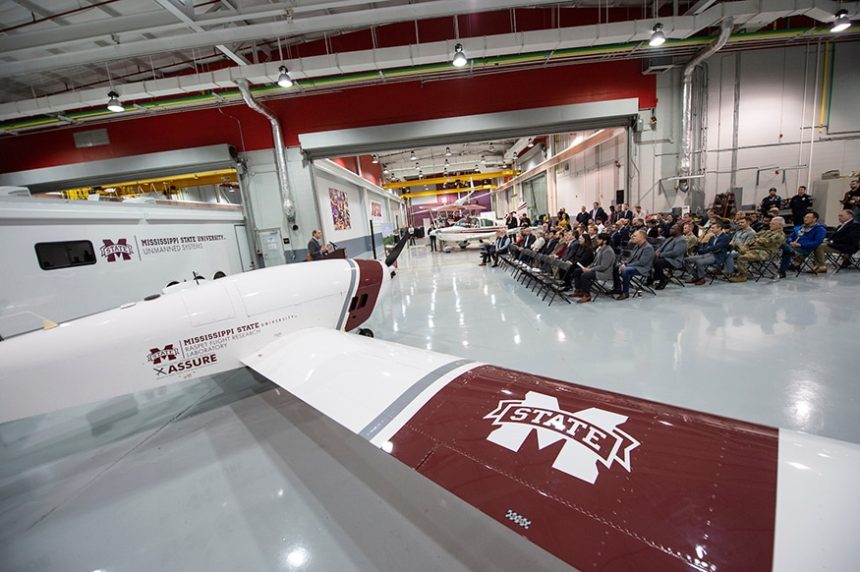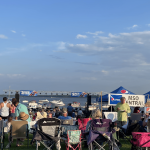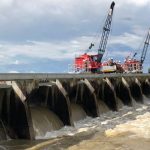Mississippi State University marked another milestone in the institution’s history in aviation on December 1 after unveiling the Teros, the newest addition to Raspet Flight Research Lab’s fleet of uncrewed aircraft systems.
According to MSU, the new aircraft — which weighs 1,800 pounds and has a 40-foot wingspan — is the largest uncrewed aircraft system at any U.S. academic institution.

“Our vision here at Raspet is to bring researchers, faculty and students together to propel the technology that will usher in the future of aviation,” said Raspet Flight Research Lab Director Tom Brooks. “As we officially unveil the Teros, together we celebrate the advancements achieved through our research and imagine the future as we demonstrate the power inherent in large UAS technology to change lives and make aviation safer and more efficient.”
Built by Navmar Applied Sciences Corporation, Teros is capable of flying for up to 24 hours without refueling and can be equipped with a 4G LTE cellular system for use in disaster response or other emergency scenarios.
It is expected to be the first UAS of its kind to become type certified by the Federal Aviation Administration, meaning it is designed for complete future integration into the national airspace system. Receiving type certification would enable it to immediately begin operating alongside manned aircraft when regulations permit.
During the unveiling event, MSU President Mark E. Keenum reflected on the university’s aviation history, including working with Honda Corporation to develop the world’s first all-composite business jet.
“Aerospace research has really become part of our DNA, and we as a university are a leader not only in this state, but nationally and in many respects globally based on what we have been able to achieve,” Keenum said. “We are leading the way in this technology that will impact our future. This creates wonderful opportunities for our students to learn about this technology. I believe we are beginning another chapter in Raspet and MSU’s remarkable work in aviation research and development.”







